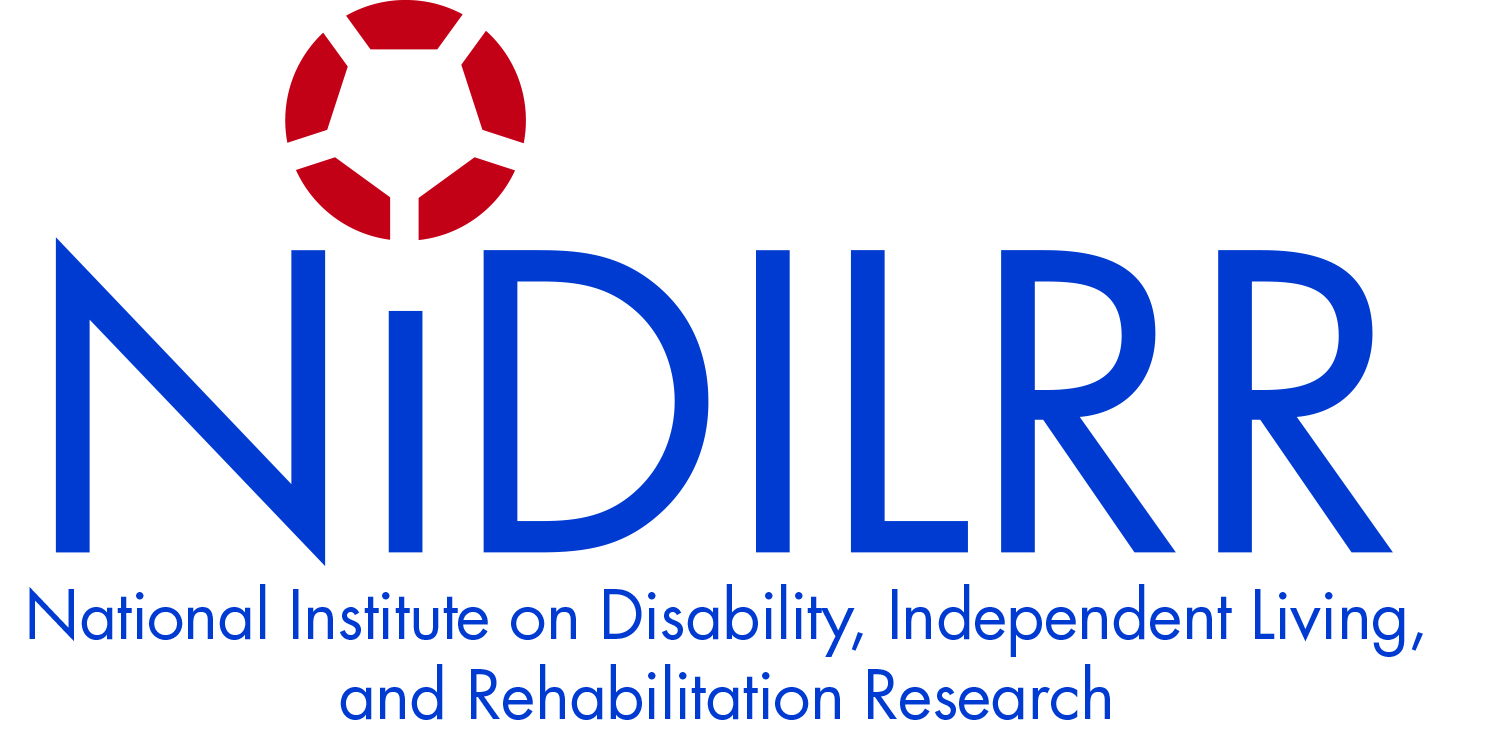Print-friendly PDF | Large print PDF
This fact sheet is a compilation of best practices and ADA legal requirements that are important factors in providing equitable and effective emergency and disaster response activities to people with disabilities. The contents of this fact sheet were derived from several sources, which are listed at the end of this document.
“Nothing about us without us”
Involve the disability community in planning and implementation. Centers for Independent Living are locally-based organizations, staffed by people with disabilities who can offer guidance and support to ensure programs and activities are readily useable by and accessible to people with disabilities.
Post notice
During an emergency event, people with disabilities, their family members, caregivers, and personal care attendants need to know how to make an accommodation request. Appoint a person or core group of persons to receive and respond to accommodation requests so that the process is efficient. Train all staff about this procedure.
Effective Communication
All communication to the public must be provided in alternative format, including American Sign Language (ASL) and captioned videos. Communication in alternative formats must be timely so that people with sensory disabilities receive the same information at the same time as their nondisabled neighbors. First responders and other emergency personnel can learn a few signs (such as “I’m a firefighter,” “I’m here to help you”) and carry an icon booklet. Use plain talk in both written and verbal communication, and avoid highly-technical jargon.
Service animals
Do not separate people from their service animals, unless there is a direct threat to health and safety. A direct threat must be substantiated by fact(s), not opinion, speculation, stereotypes, or fear. Plan relief areas for service animals at emergency facilities, and train staff to orient people with service animals to the relief areas.
Medication and equipment
Provide ways to properly store medication, mobility devices, and other personal care items that are specific to the disability. Some medications require temperature-regulated storage. Power wheelchairs and electronic mobile communication devices require battery-charging stations.
Language and etiquette
Do not make assumptions. Ask the person with the disability how they refer to their disability, what their accommodation needs are, and how they would like to be assisted. Follow their lead. Staff can learn the human guide technique and a few words or phrases in ASL, finger-spelling, and other communication techniques for more effective direct assistance.
Initial intake
Use evidence-based assessment intake tools that consider disability needs, such as the Initial intake and assessment tool by the American Red Cross and US Department of Health and Human Services and SWiFT – Seniors Without Families Triage.
References and resources
An ADA Guide for Local Governments: Making Community Emergency Preparedness and Response Programs Accessible to People with Disabilities, US Dept of Justice
When Words Are Not Enough: An Educational Tool for Fire Department Personnel and Other "First Responders" (video), Woodside Fire Protection District
Human Guide Technique, Northwest ADA Center
Respectful Interactions: Disability Language & Etiquette, Northwest ADA Center
Guidance on Planning for Integration of Functional Needs Support Services In General Population Shelters, FEMA and Pacific ADA Center
Guide to Interacting with People Who Have Disabilities, US Dept of Homeland Security
Tips for Effectively Communicating with the Whole Community in Disasters, US Dept of Homeland Security
Recommendations for Best Practices in the Management of Elderly Disaster Victims, Baylor College of Medicine and the American Medical Association
Initial intake and assessment tool, American Red Cross and US Dept of Health and Human Services
University of Washington’s Accessible Design and Innovative Inclusion
Capacity-Building Toolkit for Including Aging and Disability Networks in Emergency Planning, US Dept of Health and Human Services, Office of the Assistant Secretary for Preparedness and Response
Emergency Preparedness Publications and Resources, Pacific ADA Center
Accessibility Checklists, Northwest ADA Center

The Northwest ADA Center is a member of the ADA National Network.
This fact sheet was developed under grant from the Administration for
Community Living (ACL), NIDILRR grant #90DPAD0002. However, the
contents do not necessarily represent the policy of the ACL, and you
should not assume endorsement by the federal government.
